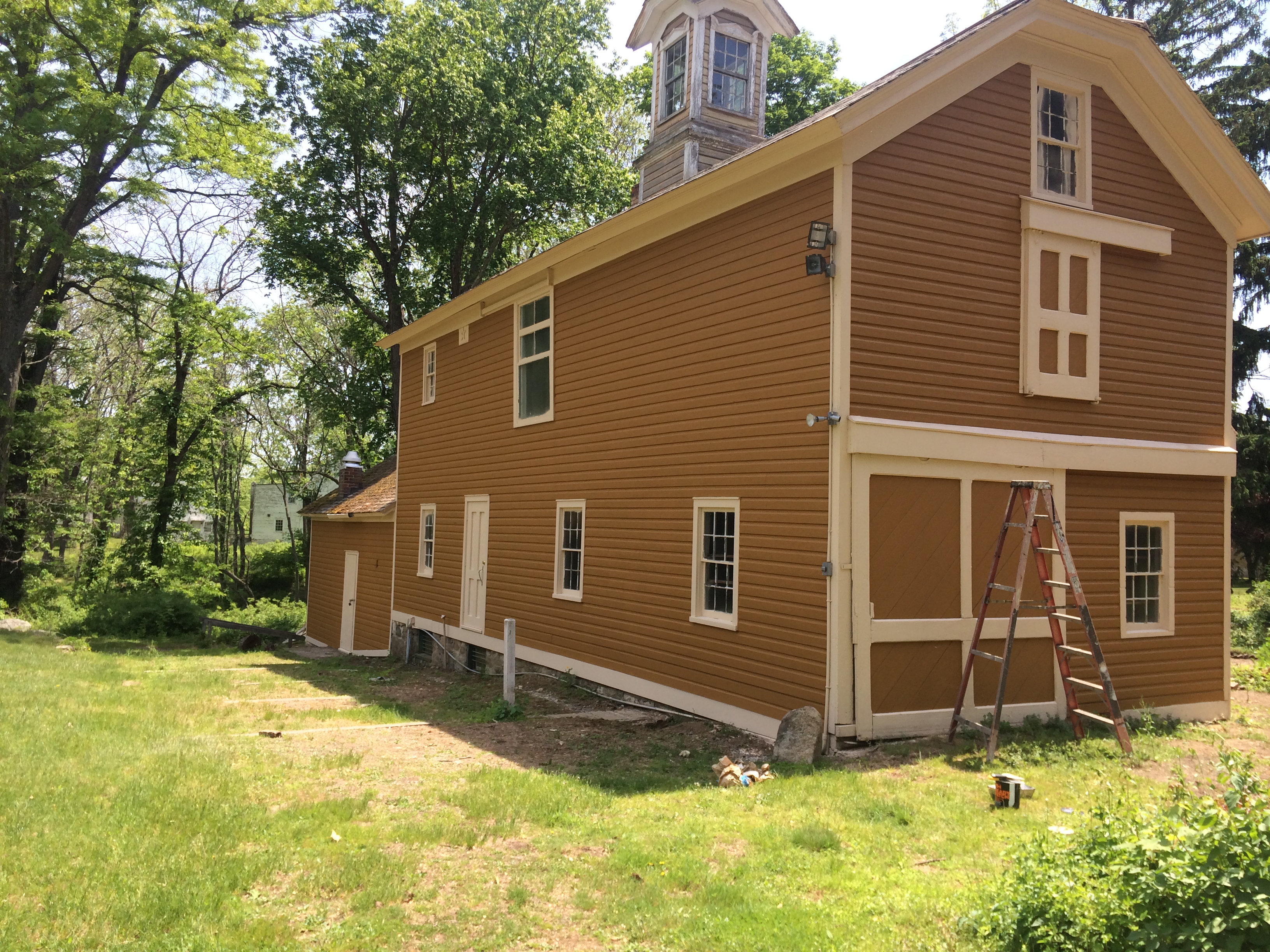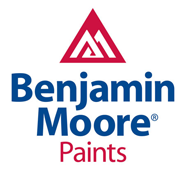Protecting Garden State Heritage, One Brushstroke at a Time
New Jersey is rich with history, from colonial-era homes in Red Bank to Victorian masterpieces dotting the coastline. Preserving these architectural treasures requires more than just a standard coat of paint; it demands a deep understanding of historical materials, specialized techniques, and a commitment to authenticity. Historic painting is a delicate art that balances aesthetic restoration with long-term protection, ensuring these landmarks continue to tell their stories for generations to come.
For property managers, developers, and homeowners entrusted with the care of a historic building, the task can seem daunting. The choice of color, materials, and application methods can significantly impact the structure’s integrity and historical accuracy. This guide explores the essential considerations for undertaking a historic painting project in New Jersey, ensuring a result that honors the past while securing the future.
Why Specialized Historic Painting is Crucial
Unlike modern construction, historic buildings were built with materials and methods that are no longer common. Wood, plaster, and masonry from different eras behave differently and have unique needs. Applying modern, incompatible paints like acrylic latex over traditional oil-based coatings without proper preparation can trap moisture, leading to peeling, blistering, and eventually, decay of the underlying substrate.
A professional historic painting contractor understands these nuances. The process begins with a thorough assessment of the building’s condition, identifying areas of damage, and understanding the existing layers of paint. This careful analysis informs every subsequent step, from surface preparation to the final coat.
The Steps to a Successful Historic Restoration Project
1. Detailed Assessment and Research
The first step is always research. This may involve consulting historical archives, photographs, or working with preservationists to determine the original color palette. Scientific paint analysis can reveal the sequence of colors applied over the centuries, offering a roadmap for authentic restoration. This phase is critical for properties listed on state or national historic registers, which often have strict guidelines to follow.
2. Meticulous Surface Preparation
Proper preparation is the foundation of a durable paint job. For historic structures, this means using gentle methods to remove failing paint without damaging the original materials. Abrasive techniques must be carefully controlled. Services like professional sandblasting can be employed judiciously on appropriate surfaces, like metalwork, to remove corrosion and prepare for new coatings. For delicate wood or plaster, scraping, sanding, and chemical stripping may be more suitable. Any necessary repairs to wood, windows, or masonry are also completed at this stage.
3. Selecting Historically Accurate Materials
Choosing the right primer and paint is essential. For many historic homes, this means using oil-based primers that offer superior adhesion and protection for older wood. Topcoats might include high-quality acrylic latex formulations designed for durability and color retention, or specialized coatings that replicate traditional finishes. Fire-retardant and waterproofing coatings can also be integrated to provide modern protection without compromising the historic look.
4. Expert Application
The final step is the application itself. Skilled painters with experience in historic work use techniques that respect the building’s character. This includes precise cutting-in around trim, ensuring clean lines, and applying paint evenly for a flawless finish. Whether it’s a large-scale commercial painting project on a historic downtown building or a detailed residential painting job, the craftsmanship of the application brings the restoration to life.
Historic Preservation in Red Bank and Across New Jersey
Towns like Red Bank, NJ, are known for their vibrant historic districts, where well-preserved buildings house modern businesses and residences. Maintaining this character is a community-wide effort that enhances property values and preserves local identity. Engaging a professional painting contractor who is familiar with local historic preservation commissions and their requirements is a significant advantage. Spectra Painting has been serving New Jersey since 1989, developing a deep understanding of the state’s architectural heritage and the specific needs of its historic properties.
From intricate residential Victorians to robust industrial landmarks, each project requires a tailored approach. For example, metal elements common on historic commercial buildings often require specialized treatments like electrostatic painting, which provides a durable, factory-like finish with minimal overspray, protecting surrounding historic materials.
Did You Know?
- New Jersey was the third state to ratify the U.S. Constitution and is home to numerous Revolutionary War sites, many of which are preserved historic buildings.
- Before 1978, many paints contained lead. Lead-safe certified contractors are required for any project that disturbs lead-based paint on older homes and buildings to ensure the safety of occupants and the environment.
- A building’s color can significantly affect its temperature. Historically, lighter colors were used in warmer climates to reflect sunlight, a principle still relevant today for energy efficiency.
Ready to Restore Your Property’s Historic Charm?
Entrust your historic painting project to the experts. With over three decades of experience in New Jersey, Spectra Painting combines time-honored techniques with modern technology to deliver exceptional results that preserve and protect your investment.
Frequently Asked Questions
How do I know if my building is considered “historic”?
A building is typically considered historic if it is listed on a local, state, or national historic register, or if it is located within a designated historic district. Properties older than 50 years may also be considered to have historic value, even if not formally registered.
Can you match the original paint color of my historic house?
Yes. Through a process called paint analysis, small samples of the existing paint layers can be examined under a microscope to identify the original color. This allows for an authentic color match that aligns with the building’s history.
Is historic painting more expensive than standard painting?
It can be, due to the specialized labor, intensive preparation, and premium materials required. The meticulous process to protect and preserve original substrates is more involved than a standard repaint. However, this investment ensures the long-term structural integrity and value of the property.
What happens if you find lead paint?
As a lead-safe certified firm, we follow strict EPA guidelines for the containment and removal of lead-based paint. Our team uses specialized equipment and procedures to handle lead paint safely, protecting both the property inhabitants and our crew.
Glossary of Terms
Substrate
The underlying material to which a coating is applied, such as wood, plaster, or metal.
Electrostatic Painting
A painting method where paint particles are electrostatically charged and sprayed onto a grounded surface. This process creates a strong bond and a smooth, factory-like finish, ideal for metal items.
Paint Analysis
The scientific process of examining paint layers on a historic structure to determine its original colors and finish types.
Historic Preservation
The professional practice of maintaining and restoring historic sites, buildings, and objects to protect their cultural and architectural value.






